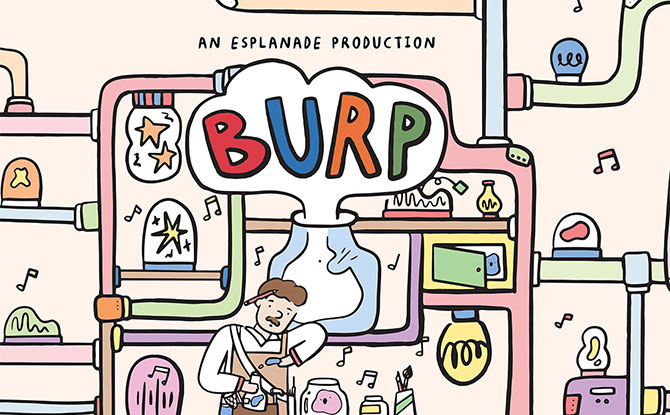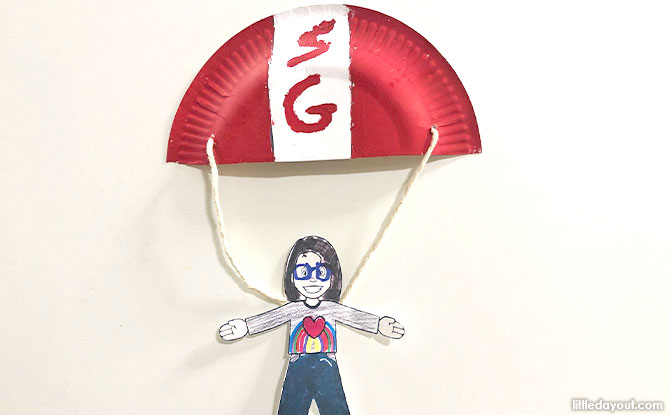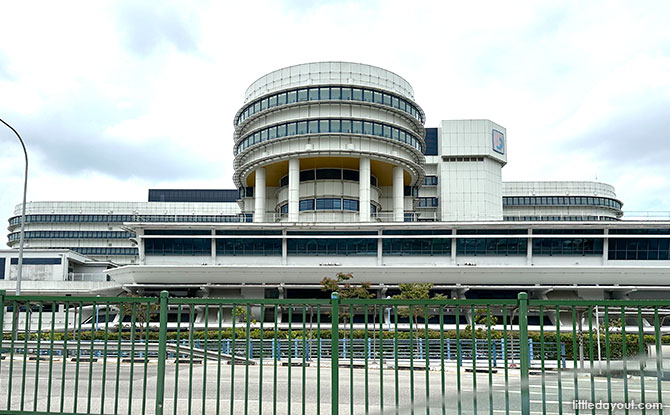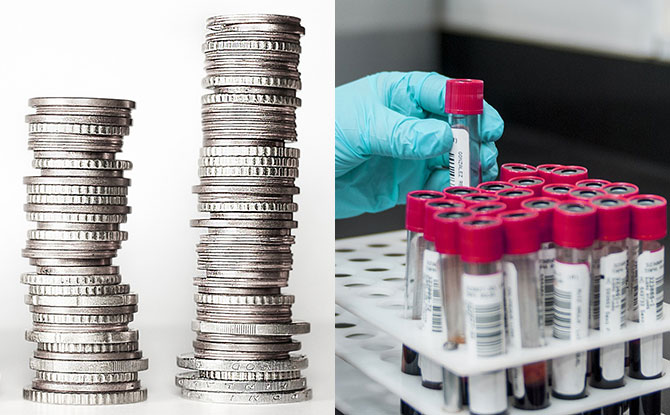
So, the newest member of the family will be arriving soon and among the many decisions and preparations that you need to grapple with is deciding if you should bank your little one’s cord blood. That is a situation which many of us parents have found ourselves in – weighing up the benefits and costs of cord blood banking.
In fact, when we were trying to make the decision, we tried to understand pros and cons of cord blood banking and what actually goes on behind-the-scenes. Do they just take the blood and store it in a freezer? Well, since we managed to find out the answers, we thought we’d share them to help other expect-ing parents who are considering if it is worthwhile cord blood banking.
First, what is cord blood banking and how does it benefit my baby and family?

Let’s begin with the basics.
BE PSLE-READY: Join Expert Educators for Revision Boosters to Empower P6 Students
BURP: Join the Sound Collector on a Whimsical Chase at Esplanade – Theatres on the Bay
WEEKEND IDEAS: Get Inspirational Ideas of Things to Do
Cord blood is blood retrieved from the umbilical cord of a newborn baby immediately after birth. It is a rich source of blood stems cells, the building blocks of our blood and immune system.
Similar to blood stem cells from bone marrow, cord blood stem cells can be used to treat nearly 80 diseases1 to date, including certain types of cancers, genetic diseases and blood disorders. Studies have shown promises in the use of cord blood stem cells to treat childhood conditions such as autism and cerebral palsy.
The opportunity to collect the cord blood only comes once-in-a-lifetime – at the time of birth. Instead of discarding it, cord blood that is collected and stored for use, if the need ever arises. A child’s cord blood stem cells are a unique match for him or her and provide a higher potential match for family members compared to an unrelated donor’s.
It is a form of insurance and the only time to “buy it” is at the moment of birth. This was the reason why we decided to bank our baby’s cord blood.
What is the cost?
However, as with anything, there are costs associated with cord blood banking.
First, we had to decide on whether or not to sign up with a private or public cord blood bank. Signing up with a private cord blood bank means that the cord blood is kept exclusively for you and your child’s use. This is as opposed to a public cord blood bank where the collected blood becomes a public resource.
The fees at cord blood banks can be broken down into several components. These include enrolment, collection, processing and storage fees. Subsequently, there are annual storage fees.
Here in Singapore, as of the time of writing, enrolment fees for cord blood banking cost between $1,000 and $2,000. This includes the cost of testing and processing the cord blood for long-term storage.
Subsequently, the annual storage fees range between $250 and $275 per year.
We weighed this up with the opportunity cost of not banking the cord blood and decided that made sense to proceed with the decision to privately bank the cord blood.
In Singapore, we are fortunate that the Baby Bonus Scheme’s Child Development Account (CDA) can be used to pay for cord blood banking costs with Approved Institutions such as StemCord. This can aid to offset the cost of cord blood banking in Singapore.
There are affordable longer term 21 years price plan if you choose to pay the fees upfront. This way, you can enjoy savings on annual storage.
These investments go towards protecting a precious, once-in-a-lifetime resource.
Behind the Scenes of Cord Blood Banking
So, what happens when you sign up with a cord blood bank?
We chose StemCord, a Ministry of Health-licensed cord blood bank which was started by three doctors back in 2002. It helps parents preserve their babies’ precious cord blood stem cells and is accredited by FACT-NetCord, an international cord blood banking standards body.
At the first meeting with StemCord’s consultant, we were briefed about cord blood, the process of collection and retrieval. The good news is that cord blood collection is pretty seamless and the gynaes in Singapore are well-versed in it. Blood banks such as StemCord coordinate with the gynaes, taking care of all the nitty gritty coordination. All parents need to focus on is the arrival of baby!
Cord Blood Collection
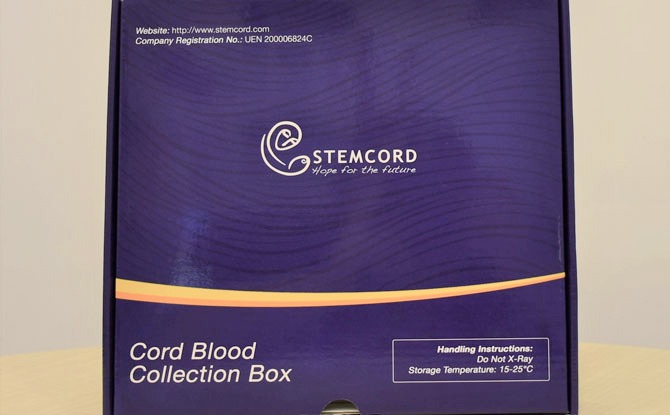
On the big day, immediately after delivery, once the umbilical cord has been cut and clamped, the cord blood was collected by the gynae with a collection kit. After hours of labour, we didn’t even notice that it had been done.
StemCord uses the Bag Method of collection where the umbilical cord is elevated to cause the cord blood to drain out into a sterile collection bag. The process is safe and painless. It does not interfere with care of mother or child during delivery. Instead, it prioritises the safety of mother and child.
If requested, the umbilical cord can also be collected. This is to enable the harvesting of cord stem cells.
StemCord staff will pick up the cord blood unit, cord tissue and maternal blood directly from the hospital within 24 hours of collection and transport it to its lab for processing and storage.
For FACT-NetCord accredited cord blood banks such as StemCord, each cord blood unit is transported with a temperature logger to ensure that baby’s cord blood is kept in the best condition possible.
Processing of Cord Blood
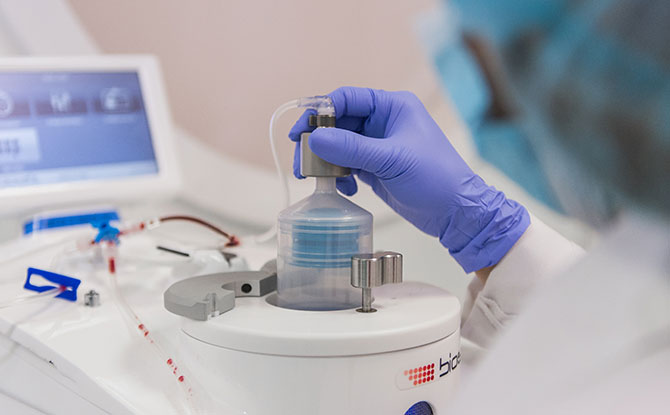
Behind-the-scenes, at StemCord’s lab, a trained laboratory specialist processes baby’s cord blood using the FDA-approved, fully-automated Sepax 2 Technology Plus system. This automated and closed system ensures that cord blood is properly processed.
StemCord stores the cord blood in two separate cryo bags. The bags are frozen to -150 degrees Celsius and stored in liquid nitrogen tanks.
Having two separate bags allows the stem cells to be used for multiple treatments. For example, If the cord blood is required, one bag can be thawed and used while the second is kept frozen till it is needed in the future.
We did wonder how long the cord blood could be stored for. What we found out was that currently it has been scientifically proven that cord blood can stored for up to 23 years. What’s more, experts believe, if it is properly stored, cord blood can be kept indefinitely.
How Secure is the Storage Facility?
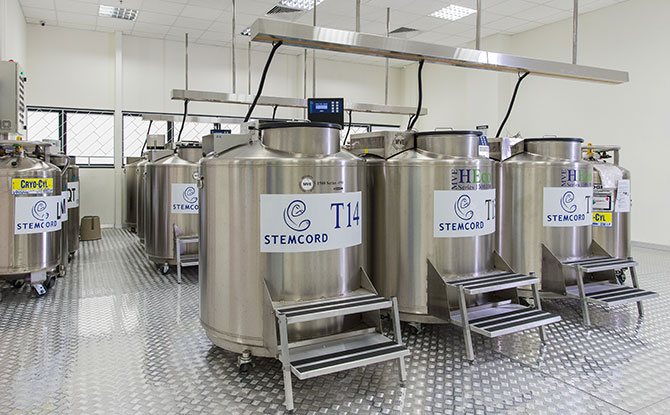
As the cord blood and cord stem cells are such a precious resource, StemCord stores them in cryogenic vaults in two separate locations. Each location is equipped with back-up generators and computer monitoring systems, for round-the-clock monitoring, 365 days a year.
Having two separate storage locations not only provides added security but greater peace of mind that the cord blood will be available, even years into the future.
We found out that if we ever need to use a cord blood unit, we can make an official request to StemCord to retrieve the relevant unit. After the cord blood unit has been tested to be viable for use and a suitable match for the recipient, it will then be delivered to the designated hospital, whether in Singapore or abroad.
Accreditation of banks – how important?
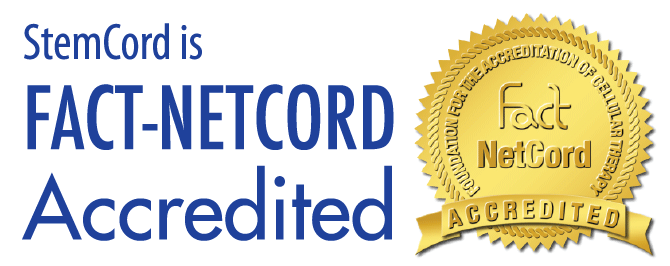
StemCord’s release of cord blood, along with its collection, processing, testing, banking and selection, is accredited by FACT-NetCord, a recognised and prestigious international accrediting cord blood banks.
This international accreditation is so important that Singapore’s Ministry of Health requires any cord blood brought in to Singapore from overseas to be from an accredited cord blood bank.
So, there you have it – the skilled personnel, processes, equipment, facilities and standards that go into a cord blood banking solution that you can trust to keep your baby’s precious cord blood stem cells safe and primed for use should the need arise.
Finding out more about Cord Blood Banking with StemCord
Deciding to bank your child’s cord blood is a gift which you can give your child from birth. With all the benefits that it offers, it is a worthwhile investment which can help protect your child’s future, especially when it counts the most. Weighing up the pros and cons, you will find that it is worth it.
To find out more about cord blood banking, speak with the professionals from StemCord by emailing customerservice@stemcord.com, calling the StemCord 24-hour hotline at 6471 2002 or visiting stemcord.com.
Still have questions? Click here for a free e-book on cord blood banking to get all your questions answered.
1 Briddell R, Litkenhaus F, Foertsch G, Fuhrmann A, Foster K, Falcon Girard K, Fiscus B, Boehm A, Brown M, Pettit M, Rigas Bridges A, Nichols K, Fodor W and Kraus M. Recovery of viable MSCs isolated from fresh umbilical cord tissue, measured after cryopreservation, is on average 8-fold higher when compared to recovery of viable MSCs isolated from previously cryopreserved umbilical cord tissue. Study sponsored by ViaCord. ASH Abstract submitted 2011 Aug 11.
This feature is brought to you by StemCord.




